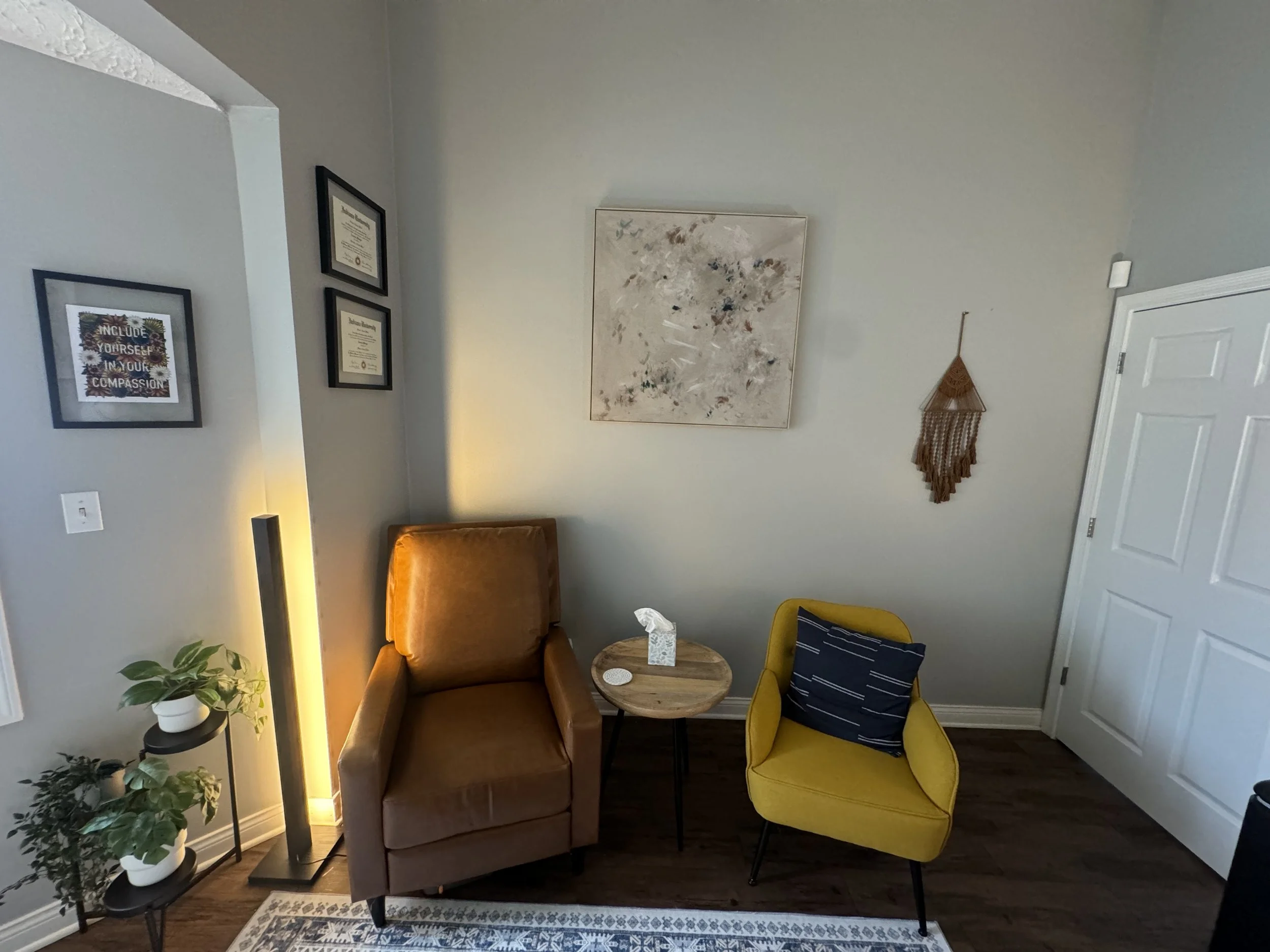Individual Therapy
I provide individualized and collaborative therapy for each client. Your treatment may involve the use of a number of therapeutic approaches. Some of these approaches may include:
Cognitive Behavioral Therapy (CBT):
CBT helps people identify and challenge negative thoughts
It helps people learn how their thoughts affect their feelings
It helps people develop strategies to respond to challenging situations more effectively
Eye Movement Desensitization Reprocessing:
EMDR therapy helps reconnect clients with the images, thoughts, emotions, and body sensations associated with trauma
The therapist provides instructions for moving the eyes while the client recalls unpleasant memories
The therapy creates a safe environment for the client to re-experience the trauma
Trauma-Focused Cognitive Behavior Therapy: Specializes in addressing trauma, combining traditional CBT with trauma-sensitive interventions. This therapy incorporates various components like trauma narrative development, cognitive restructuring, exposure therapy, relaxation techniques, and skill-building to manage emotions and improve daily functioning
Mindfulness:
Mindfulness therapy helps people learn to observe their thoughts, emotions, and surroundings without reacting to them.
It can help people avoid destructive habits and responses.
It can help people reduce stress and promote well-being.
Motivational Interviewing:
Develop discrepancy: Help the client see that their current behavior doesn't match their values or desired outcome
Support self-efficacy: Help the client believe they can make the changes they want
Roll with resistance: Accept and reflect the client's perspective without judging or confronting them
Empathy: Use reflective listening to understand the client's meaning
Solution Focused Therapy:
Set goals: Clients work with their therapist to establish goals and time frames.
Build on strengths: Clients and therapists identify what's already working and what resources the client has.
Create a plan: Clients and therapists work together to develop a plan to achieve the client's goals.
Track progress: Clients and therapists monitor progress toward the client's goals.
Person centered therapy:
The client does most of the talking.
The therapist listens actively and uses positive body language.
The therapist may restate what the client says to help them understand their own thoughts and feelings.
The therapist may share their own experiences to help facilitate the relationship.
Acceptance and Commitment Therapy:
Acceptance: Learn to accept your thoughts, feelings, and sensations, without trying to change them
Defusion: Learn to observe your thoughts without believing them or following their directions
Self-awareness: Learn to be present and aware of your experiences
Values: Identify your values and what you want to achieve in life
Committed action: Take steps to achieve your values, even when it's difficult


